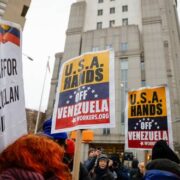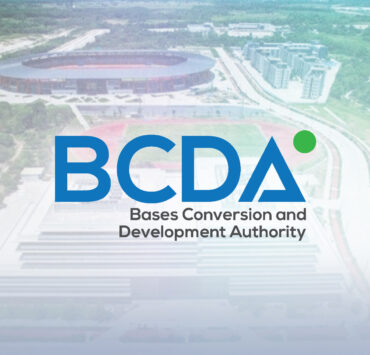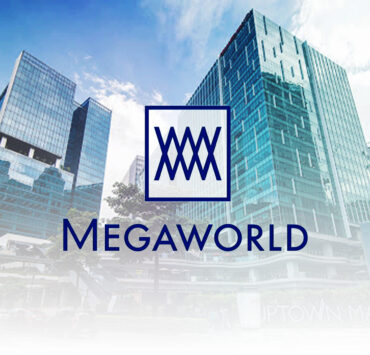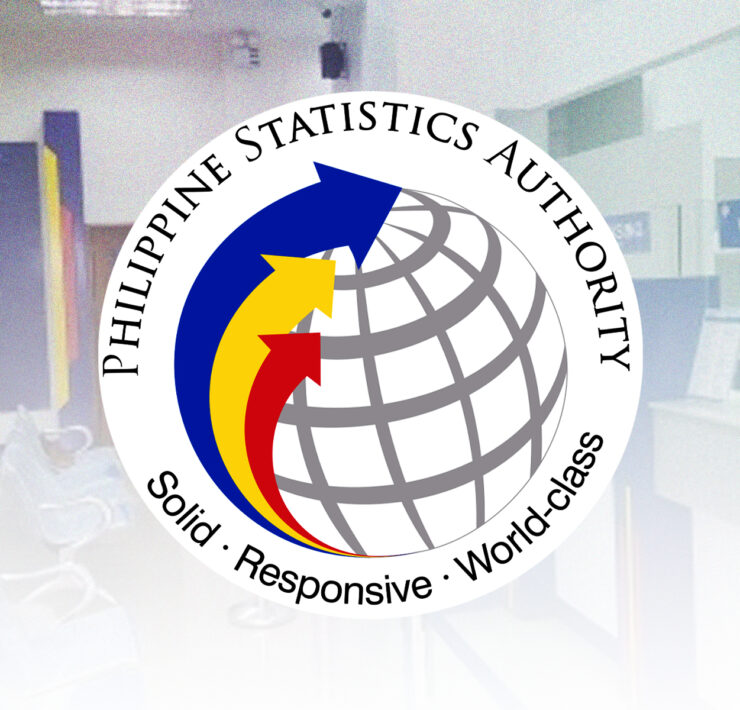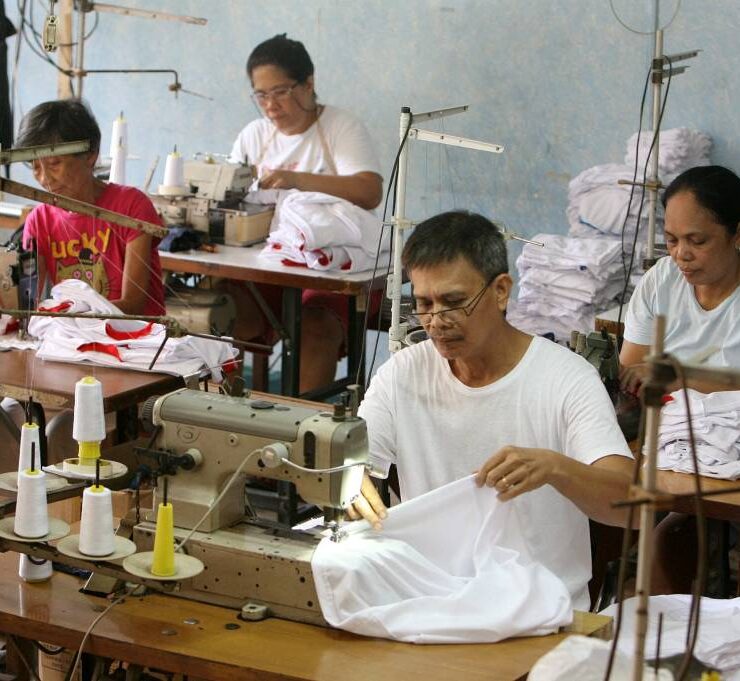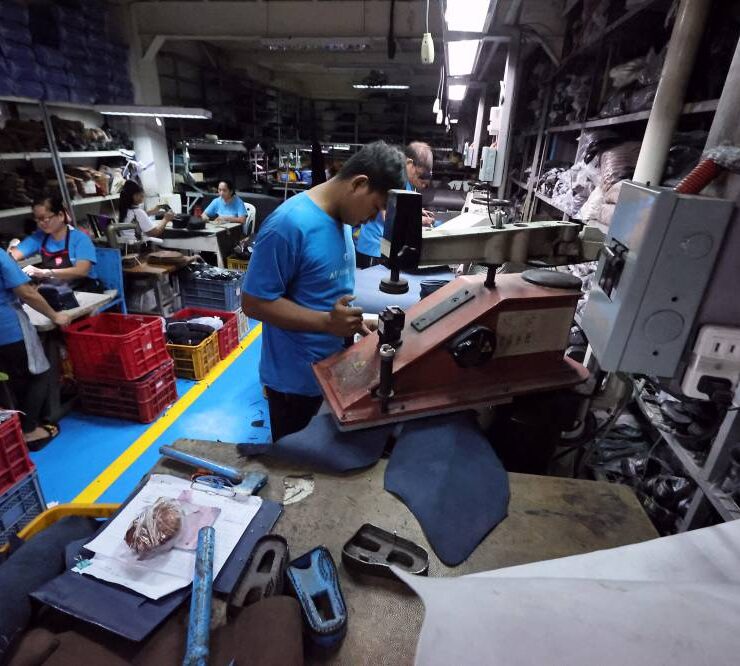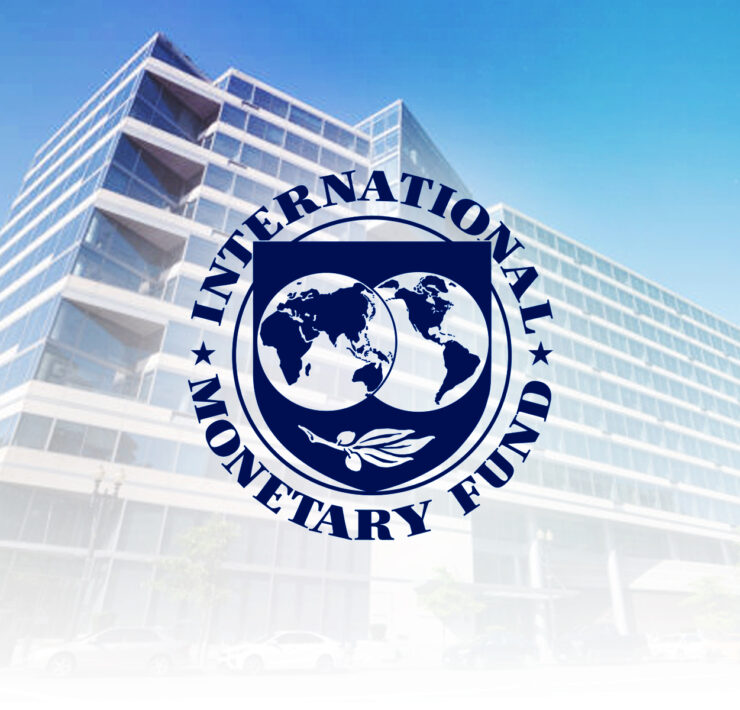Philippine factory output kept growing in June
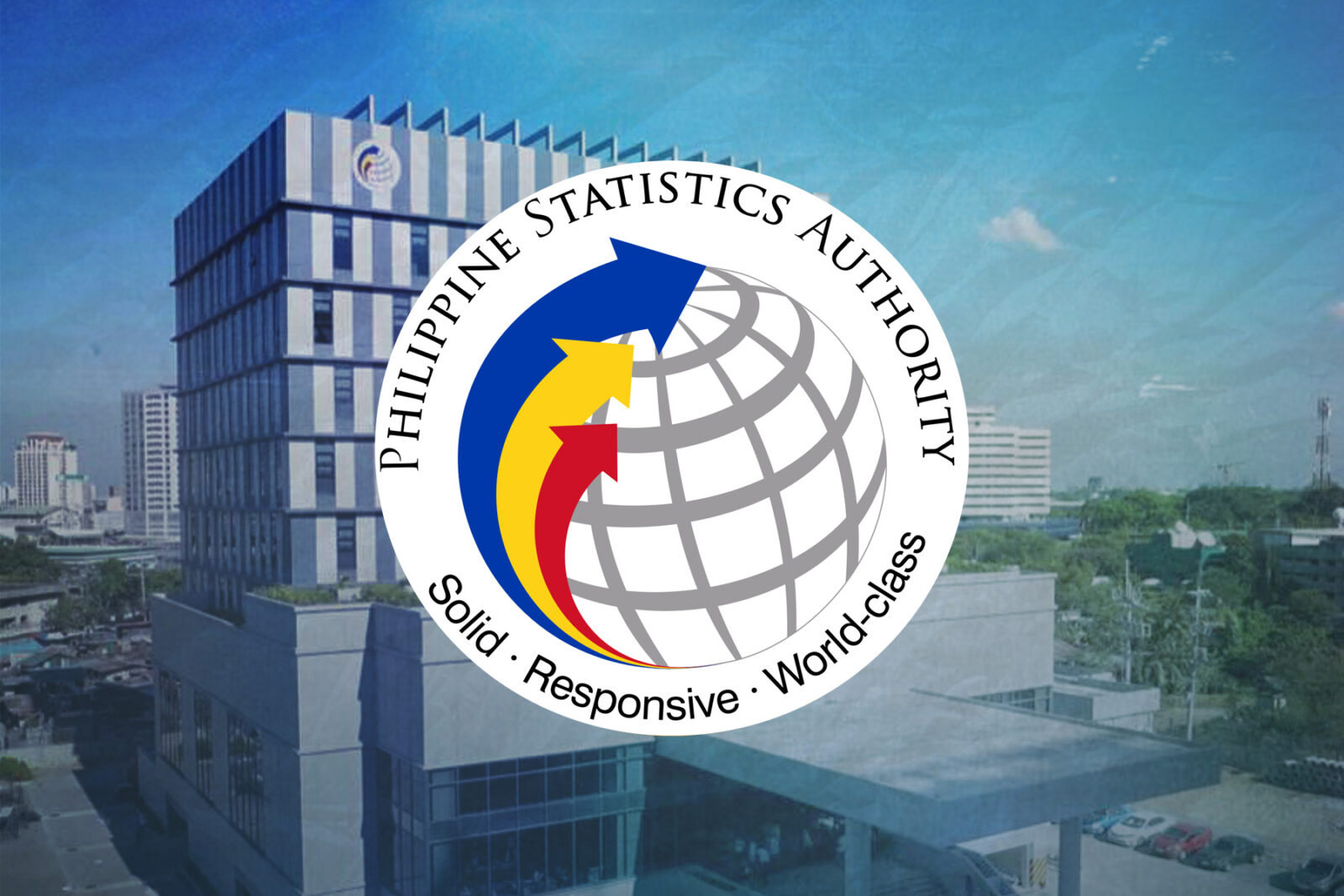
Factory output in the Philippines continued its growth streak in June, driven by improved demand following greater clarity in US trade policies. However, some pockets of weakness remain.
According to a government survey of selected industries, the volume of production index rose 2.2 percent year-on-year, the Philippine Statistics Authority (PSA) reported on Thursday.
While still positive, it marked the slowest pace of growth since March 2025, when output contracted by 0.8 percent. For the first half of this year, manufacturing output grew by 1.4 percent.
The PSA said the average capacity utilization rate for the manufacturing section in June was reported at 76.6 percent. This was lower than the 77 percent logged in May.
As it is, the S&P Global’s Purchasing Managers’ Index (PMI) from S&P Global offered a mixed picture of the Philippines’ manufacturing sector at the end of the first half of the year.
The PMI improved to 50.7 in June from 50.1 in May, remaining above the 50 threshold that separates growth from contraction. While the uptick suggested a modest improvement, S&P Global noted that the overall performance of Filipino manufacturers remained relatively subdued.
Survey results pointed to a slightly stronger rise in new orders compared with the previous month, though growth continued to lag the long-term average. Firms credited the improvement to successful customer acquisitions, stronger underlying demand and effective promotional strategies.
The increase in new orders was enough to lift production levels back into positive territory. Still, S&P said the expansion was only marginal, weighed down by weak external demand as global trade uncertainties persisted.
Moving forward, the health of the local manufacturing industry may have improved in July based on projections by S&P. But momentum likely remained subdued as manufacturers stayed cautious amid global trade uncertainties.
The PMI edged up to 50.9 last in July. S&P noted that factory activity remained “subdued” last month. Business confidence has yet to fully recover due to lingering concerns over global trade.
S&P reported that domestic production rose for a second consecutive month in July. This was fueled by stronger demand from American clients who front-loaded orders in anticipation of US President Donald Trump’s tariff announcements. That spurred trade negotiations ahead of his Aug. 1 deadline.






